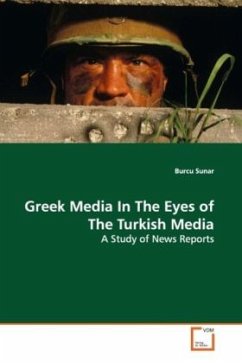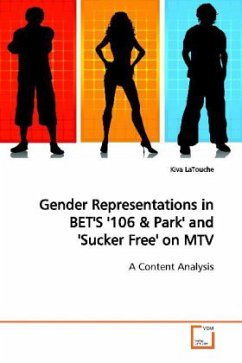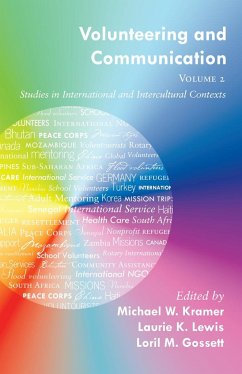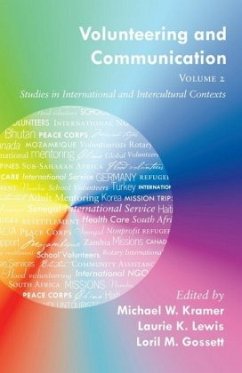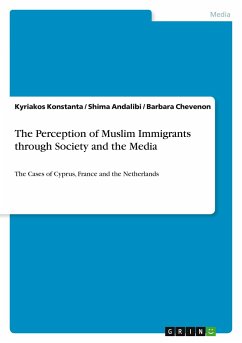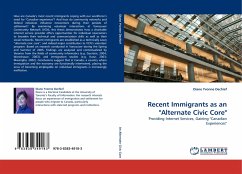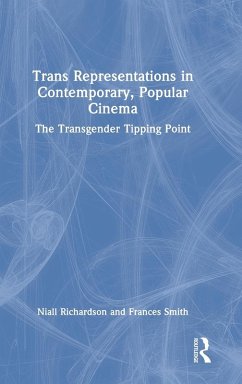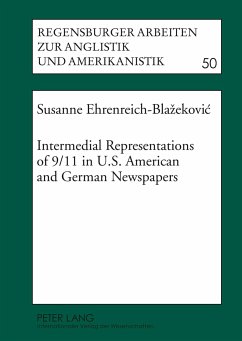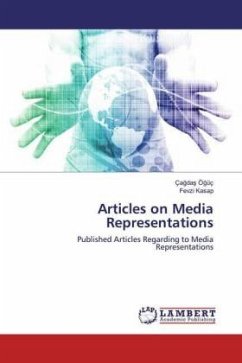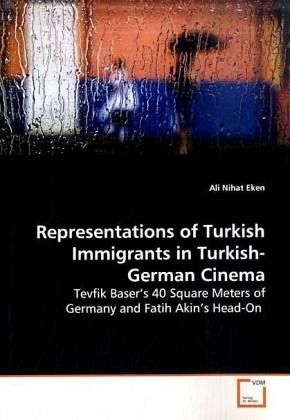
Representations of Turkish Immigrants in Turkish-German Cinema
Tevfik Baser s 40 Square Meters of Germany and Fatih Akin s Head-On
Versandkostenfrei!
Versandfertig in 6-10 Tagen
49,00 €
inkl. MwSt.

PAYBACK Punkte
0 °P sammeln!
Since their arrival into Germany in the 1960s,Turkish immigrants have always drawn the attention offilmmakers. The German immigrant cinema of the 1970sand 1980s focused on the harsh living and workingconditions of these immigrants; however, it veryoften depicted immigrants in one-dimensional roles.Since the mid-1990s, however, there has been a changein the portrayals of Turkish immigrants in a new waveof films made by young German-Turkish filmmakerschallenging cultural stereotypes about Turks. Thisbook examines one film from the earlier phase ofmigrant cinema Tevfik Baser s 40 Square Meters of...
Since their arrival into Germany in the 1960s,
Turkish immigrants have always drawn the attention of
filmmakers. The German immigrant cinema of the 1970s
and 1980s focused on the harsh living and working
conditions of these immigrants; however, it very
often depicted immigrants in one-dimensional roles.
Since the mid-1990s, however, there has been a change
in the portrayals of Turkish immigrants in a new wave
of films made by young German-Turkish filmmakers
challenging cultural stereotypes about Turks. This
book examines one film from the earlier phase of
migrant cinema Tevfik Baser s 40 Square Meters of
Germany (1986) and one film from the most recent
phase Fatih Akin s Head-On (2004)
and aims to demonstrate how Turkish immigrants are
represented in these films and whether the cinematic
representations of the Turkish immigrants have
changed over the years.
Turkish immigrants have always drawn the attention of
filmmakers. The German immigrant cinema of the 1970s
and 1980s focused on the harsh living and working
conditions of these immigrants; however, it very
often depicted immigrants in one-dimensional roles.
Since the mid-1990s, however, there has been a change
in the portrayals of Turkish immigrants in a new wave
of films made by young German-Turkish filmmakers
challenging cultural stereotypes about Turks. This
book examines one film from the earlier phase of
migrant cinema Tevfik Baser s 40 Square Meters of
Germany (1986) and one film from the most recent
phase Fatih Akin s Head-On (2004)
and aims to demonstrate how Turkish immigrants are
represented in these films and whether the cinematic
representations of the Turkish immigrants have
changed over the years.



